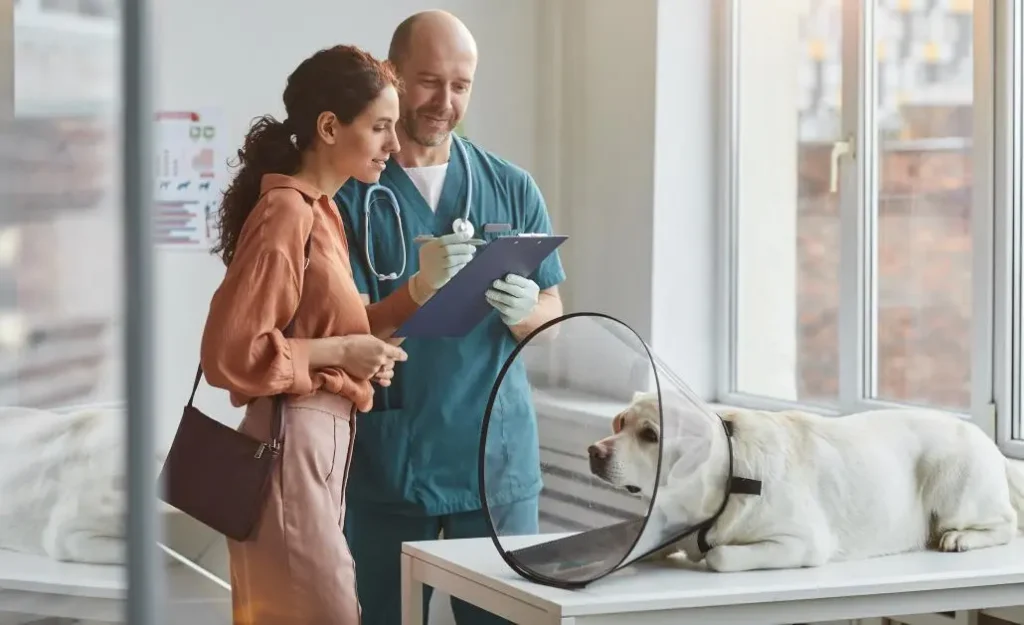
Essential Steps to Seal Entry Points After Wildlife Removal Process
Wild animals often find small gaps to enter homes. Once they are removed, sealing is critical to avoid repeat invasions. Ignoring this step can bring the same risks again. Families must act quickly with professional support to ensure safety. With wildlife removal san antonio, prevention measures become lasting and humane.
Why Sealing Entry Points Is Vital
Blocking openings protects families from repeated wildlife entry. Proper sealing strengthens structures and ensures healthier residential spaces.
Key Steps Involved in Sealing Homes
Professionals use structured methods to make homes safe after wildlife removal.
- Inspect roofs carefully to locate potential nesting or access points.
- Seal cracks around foundations to avoid animal digging or burrowing.
- Install vent covers that restrict access without blocking airflow.
- Replace damaged soffits that provide easy pathways for wildlife entry.
- Apply durable mesh around chimneys to block climbing animals.

Why Do Homes Remain at Risk?
Wildlife often returns if entry points remain open. Without sealing, infestations may quickly restart.
Proper Barriers Protect Residential Areas
Effective sealing requires strong materials and skilled application. Experts use techniques that balance ventilation with safety. Wildlife cannot bypass reinforced barriers, reducing risks of re-entry. Households gain long-term protection and fewer repair expenses. This step ensures safety while respecting animal welfare. Families stay confident with structured preventive measures in place.
Can Temporary Fixes Prevent Wildlife Return?
No, temporary measures usually fail. Permanent sealing solutions are required for complete prevention.
Statistics Showing Sealing Effectiveness
Measured outcomes confirm that sealing greatly reduces future wildlife problems. With wildlife removal san antonio, families gain a reliable defense.
| Sealing Method Applied | Success Rate (%) | Recurrence Reduced (%) | Safety Level (%) |
| Professional Vent Covers | 91 | 89 | 92 |
| Foundation Crack Repairs | 88 | 85 | 90 |
| Chimney Mesh Installations | 84 | 81 | 86 |
| Temporary DIY Barriers | 52 | 45 | 56 |
This table highlights stronger outcomes from professional sealing methods. Vent covers and crack repairs show the best protection. Chimney mesh helps reduce frequent re-entry attempts effectively. DIY barriers provide weak and unreliable results.
Frequently Asked Sealing Questions
- How soon should sealing begin? Immediately after removal to prevent quick re-entry.
- Which areas need the most care? Roofs, vents, chimneys, and foundations are priorities.
- Do professionals use humane methods? Yes, sealing is done after safe relocation.
- Are DIY fixes reliable? No, most fail and leave gaps that animals exploit.
- Can sealing save costs? Yes, prevention reduces frequent repairs and health expenses.
Strong Barriers Build Long-Term Safety
The importance of essential steps to seal entry points after the wildlife removal process is undeniable. Families must prioritize sealing to avoid repeated invasions. Professional care ensures every gap is closed with durable solutions. Effective prevention safeguards homes while respecting wildlife welfare. With wildlife removal san antonio, residents achieve safety that lasts for years.

